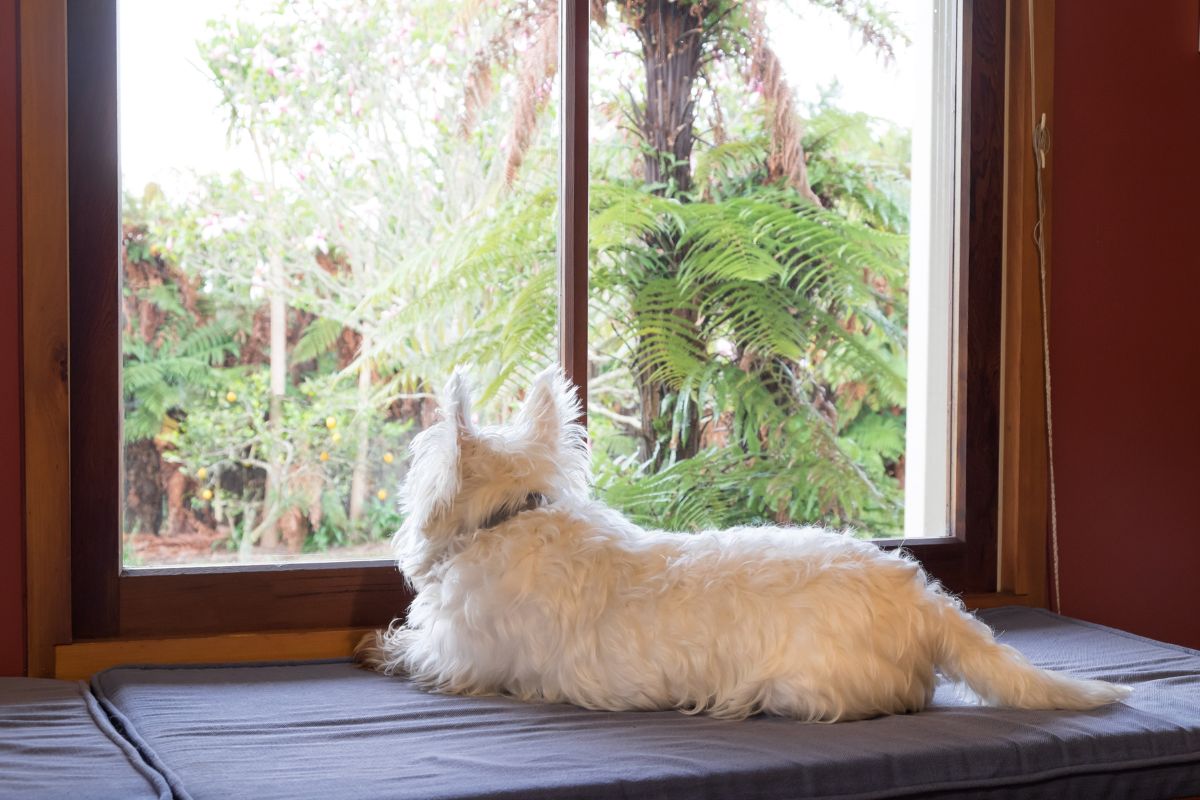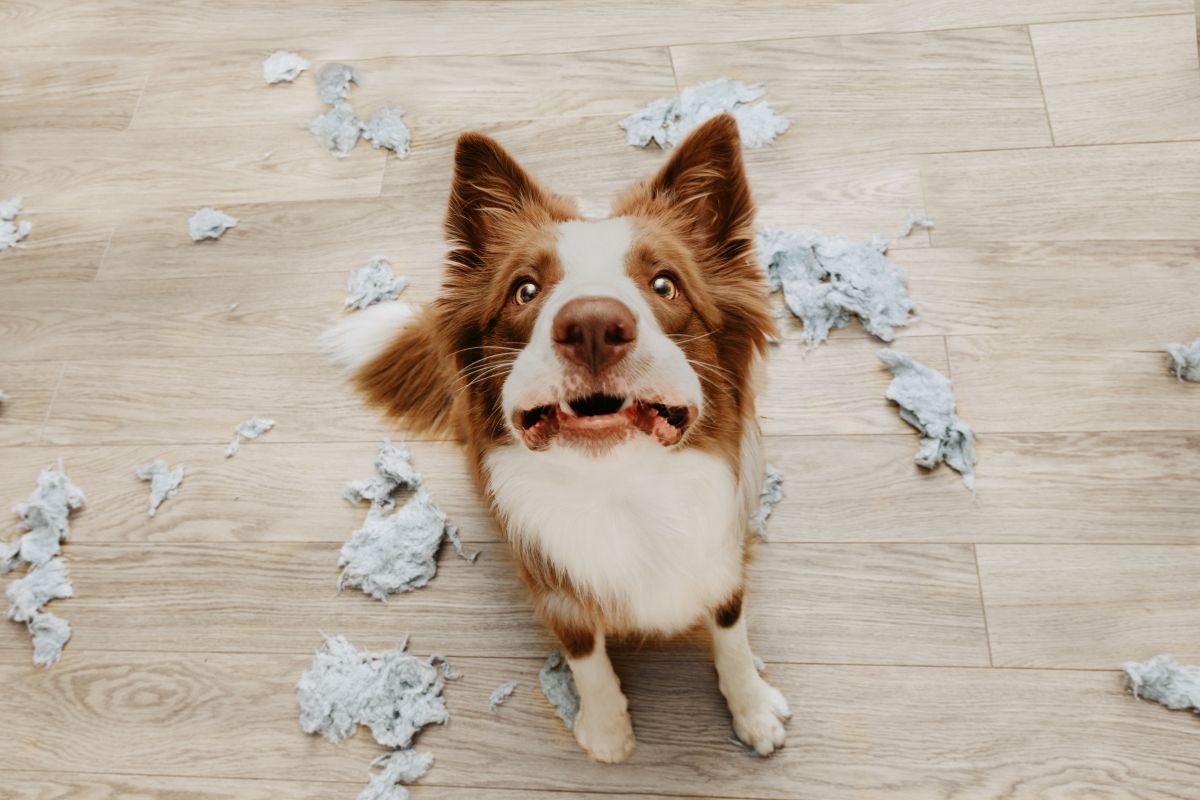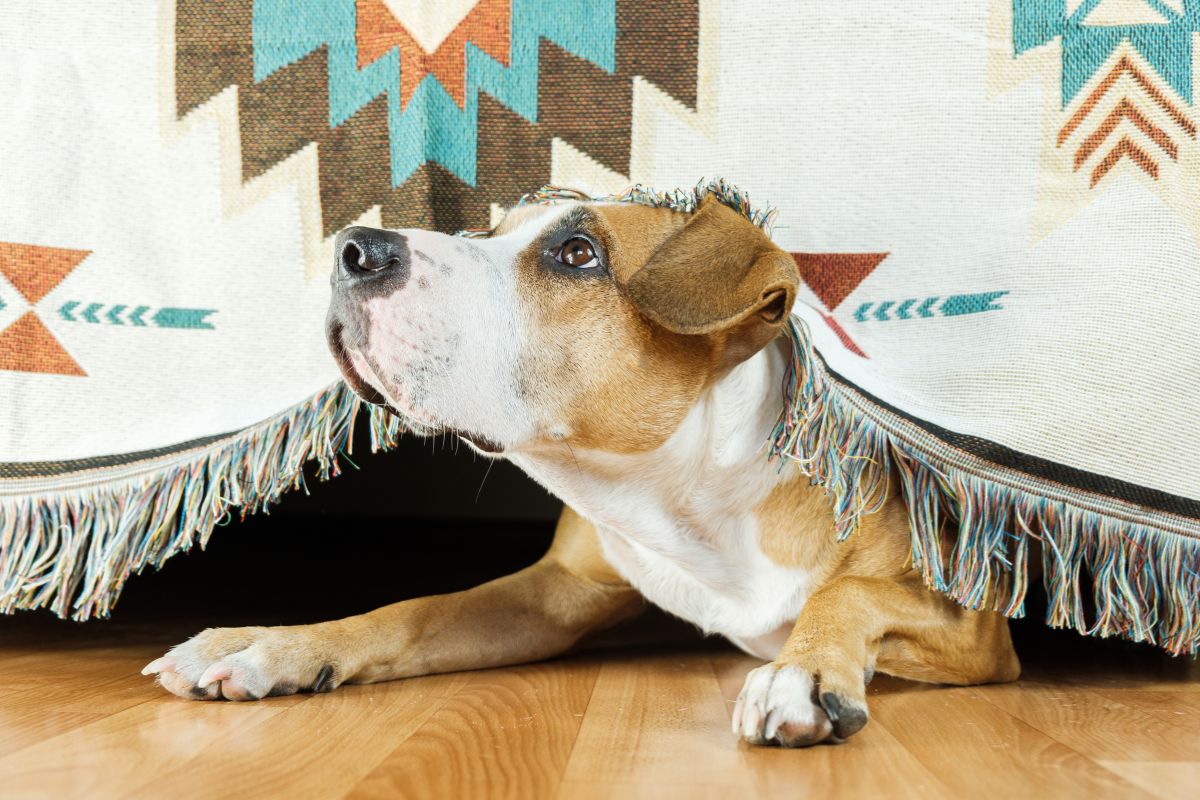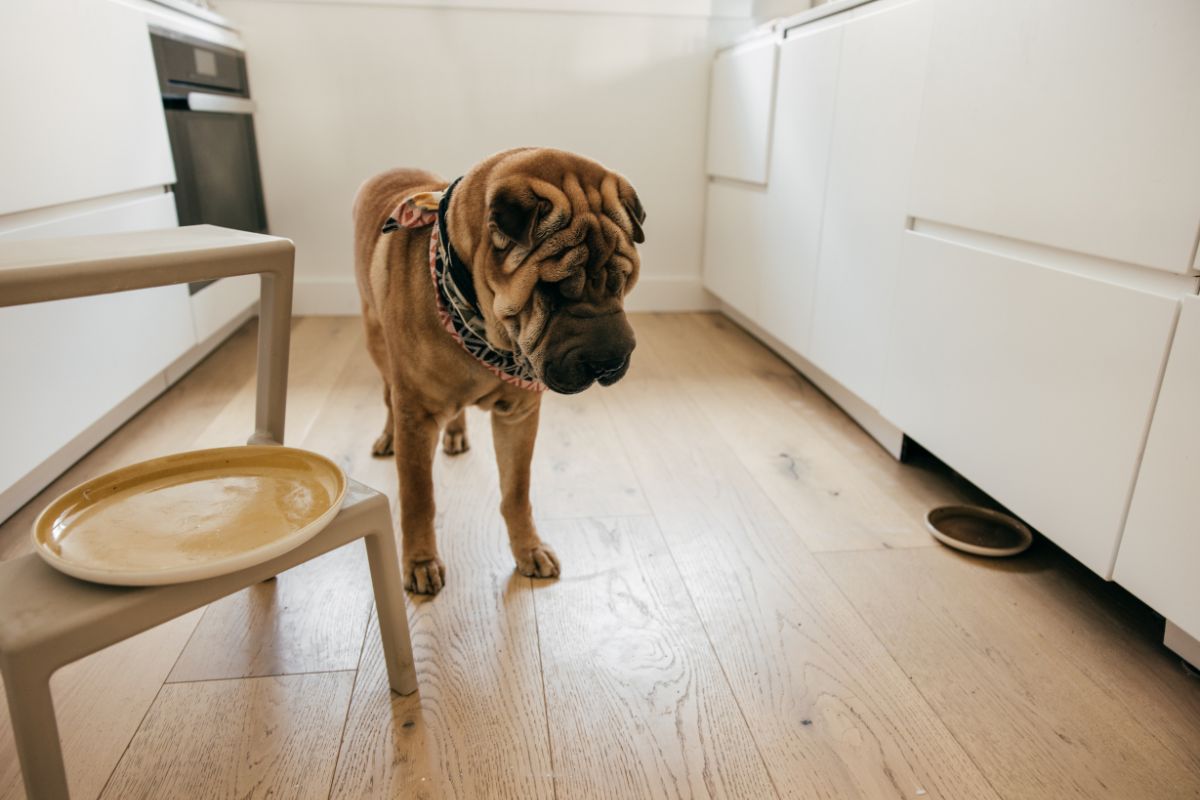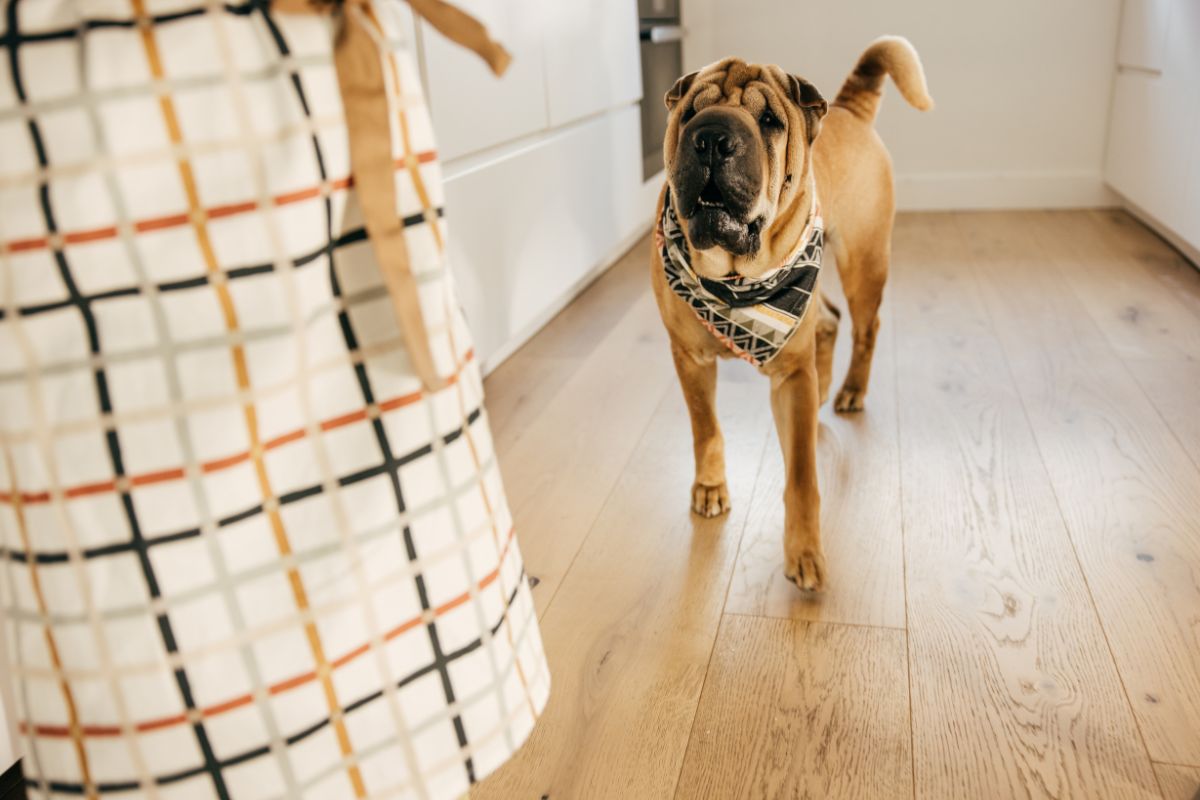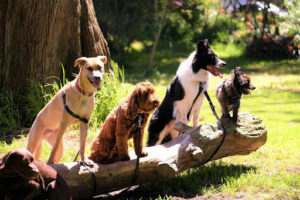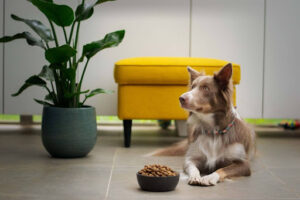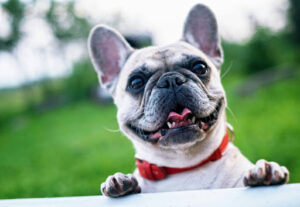Pets, our loyal companions, bring immense joy to our lives. From the ecstatic tail wags of a dog to the soothing purrs of a contented cat, their presence fills our homes with warmth. But amidst the wagging tails and playful antics, there exists a world of emotions we might overlook—pet anxiety. Do our furry friends experience it? Can they truly feel the pangs of separation anxiety or the grip of general unease? Join us as we explore the depths of pet emotions, focusing on the prevalent specter of pet separation anxiety dogs and the broader canvas of anxiety in our beloved companions.
Let’s unravel the emotional tapestry, pets and anxiety, that paints our pets’ lives, understanding the nuances of their emotions and how, much like children, they deserve our understanding, care, and support in every step of their journey.
What is Pet Anxiety?
Emotional Rollercoaster: Pets, particularly dogs and cats, are not just companions; they’re emotional beings intricately wired to feel a spectrum of emotions akin to humans. They thrive on the love and affection showered upon them, forming unbreakable bonds with their human families. This emotional connectivity renders them susceptible to a lot of feelings, propelling them through a rollercoaster of emotions that mirrors our own.
Their expressive eyes convey joy, sorrow, anticipation, and yes, anxiety. Dogs and cats, in particular, exhibit an astonishing capacity to experience emotional highs and lows. Their ability to form deep attachments elevates their emotional resonance, making them sensitive to changes in their environment and deeply affected by the dynamics of their relationships with their human companions.
Types of Pet Anxiety: Similar to the way humans navigate various forms of anxiety, our beloved pets also grapple with their emotional challenges. One of the most pervasive forms of anxiety among them is pet separation anxiety, predominantly observed in dogs. This distressing emotional state grips our furry friends when they find themselves separated from their cherished owners.
Picture this: as the door closes behind their departing owner, a pet’s world might momentarily shatter. Their whimpers, pacing, or destructive behavior are not merely acts of disobedience but expressions of their profound distress. Pet separation anxiety is more than a temporary inconvenience; it’s an emotional upheaval experienced by pets, especially dogs, when they feel disconnected from the familiar presence and comfort of their human family members.
The telltale signs of separation anxiety—incessant barking, destructive chewing, or incessant howling—are not merely cries for attention but manifestations of a pet’s inner turmoil when faced with the absence of their beloved companions. This emotional response is proof to the depth of their attachment and their innate need for security and reassurance.
Signs of Pet Anxiety
Signs of Pet Anxiety often manifest in noticeable changes in behavior and physical cues that warrant our attention and care. Understanding these signals can help us provide the necessary support to our furry friends:
Behavioural Changes:
Excessive Vocalisation: Pay heed to amplified barking, persistent whining, or howling that surpasses their usual behaviour. Pets, particularly dogs, might resort to vocal cues as a way of expressing their distress when experiencing anxiety.
Destructive Behaviour: Anxiety might drive pets to engage in destructive chewing, targeting items like furniture, shoes, or other household objects. This behaviour often stems from an attempt to alleviate their stress or separation anxiety.
Restlessness: Observe if your pet exhibits pacing or incessant movement. Restlessness, coupled with an inability to settle, could indicate an underlying sense of unease or anxiety in pets.
House Soiling: Accidents in the house, especially for pets who are typically well-trained, can be a sign of anxiety. Pets might soil indoors as a response to stress or separation anxiety.
Physical Symptoms:
Trembling or Shaking: Pets experiencing anxiety might physically tremble or shake, particularly during stressful situations or when left alone. This trembling can be indicative of their emotional state.
Excessive Salivation: Notice if your pet drools excessively, especially in scenarios that typically don’t provoke such a reaction. Excessive salivation can be a physiological response to heightened anxiety levels.
Panting: Unrelated to physical exertion or high temperatures, panting in pets could signify stress or anxiety. Rapid, shallow breaths might serve as an indication of their emotional distress.
Loss of Appetite: Keep an eye on changes in eating habits. A sudden loss of interest in food, even in pets known for their hearty appetite, could signal emotional distress or anxiety.
Understanding Pet Separation Anxiety in Dogs
Strong Attachment:
Dogs, often deemed man’s best friend, embody loyalty in its purest form. Their unwavering devotion creates an emotional tether between them and their owners that’s hard to match. From the moment they’re welcomed into our homes, they start weaving the fabric of this connection, seeking comfort, security, and love.
Their attachment isn’t merely about dependence; it’s a profound emotional tie. Dogs find solace and reassurance in our presence, relying on us for guidance and companionship. This attachment, while heartwarming, also sets the stage for separation anxiety when they’re left alone.
Manifestation of Symptoms:
Separation anxiety in dogs isn’t a silent ordeal. Instead, it manifests in a symphony of distressing behaviours that tug at our heartstrings. Imagine this: as you step out, your furry friend’s world momentarily crumbles. They might start with mild signs of unease, pacing or restlessness, seeking traces of your scent as a source of comfort.
As time inches by, the distress amplifies. The once peaceful atmosphere becomes a canvas of worry for your pet. Barking echoes through the house, a heartfelt plea for your return. They might resort to destructive chewing, not out of spite, but as a coping mechanism to alleviate their anxiety.
For some dogs, the ordeal intensifies into severe cases, marked by trembling, excessive salivation, or even self-harm. Each moment without you feels like an eternity, and their distress reaches a crescendo until your comforting presence soothes their troubled hearts.
Causes of Pet Separation Anxiety
Sudden Changes and Transitions: Dogs thrive on routine and familiarity. Moving to a new place, whether it’s a change in residence or disruptions in their daily schedule, can unsettle their sense of security. Similarly, being adopted after a shelter stay introduces them to an entirely new environment, which might trigger feelings of uncertainty and fear of abandonment.
Previous Trauma: Dogs are incredibly resilient, but past traumatic experiences can leave lasting imprints on their emotional well-being. Dogs who have endured abandonment or have faced frequent changes in ownership might develop heightened separation anxiety. The fear of being left alone again can intensify, leading to distressing behaviours when separated from their current caregivers.
Imagine the emotional rollercoaster for a dog who has faced uncertainty in their past, only to find comfort and stability in a loving home. However, this newfound security becomes fragile when faced with separations, evoking deep-seated fears and anxiety.
Coping Strategies for Pet Separation Anxiety
Coping with pet separation anxiety requires patience and understanding. Implementing effective strategies can ease your pet’s distress when you’re away.
Gradual Departures: Leaving your pet alone, even for a short while, can trigger separation anxiety. To mitigate this, initiate a gradual departure routine. Start with brief intervals of absence, perhaps just stepping out for a few minutes. Return swiftly, reassuring your pet that your absence is temporary. Slowly increase the duration of your departures, allowing your pet to acclimatise to being alone. This gradual approach helps them build confidence, minimising anxiety when you’re away for longer periods.
Create a Safe Haven: A safe space filled with familiar scents and items can work wonders in calming an anxious pet. Equip their designated area with beloved toys, blankets, or even a piece of clothing infused with your scent. These familiar objects offer reassurance and comfort, serving as tangible reminders of your presence even in your absence. Your scent acts as a soothing balm, providing a sense of security to your pet, alleviating their distress and anxiety.
General Anxiety in Pets
The two words, pets and anxiety, doesn’t always mean separation anxiety. Beyond the distress of being away from their cherished humans, they grapple with a myriad of triggers that can stir their anxiety levels.
Beyond Separation: While separation anxiety is common, pets can also experience anxiety due to loud noises (like thunderstorms), unfamiliar environments, or even medical conditions.
Sensitive Creatures: Pets are perceptive to changes in their surroundings and can pick up on their owner’s stress or anxiety, further exacerbating their own.
Helping Pets Cope with Anxiety
Routine is Key: Pets, especially dogs and cats, appreciate a routine that aligns with their natural instincts. A fixed feeding schedule not only regulates their dietary habits but also sets their body clocks, promoting overall health. Walks serve as not just exercise but as mental stimulation, allowing them to explore their surroundings and bond with their owners. Scheduled play sessions offer much-needed physical activity and playfulness, fostering a deep connection between pet and owner.
Positive Reinforcement: Encouraging good behaviour in pets is akin to nurturing positive habits in children. Offering treats and affection when they display desired behaviour reinforces these actions positively. This method not only rewards their good conduct but also communicates approval, strengthening the bond between pet and owner. It instils a sense of security in pets, knowing that their actions are appreciated and accepted by their beloved humans.
Veterinary Assistance: Despite our best efforts, there might be times when our pets exhibit persistent or worsening symptoms of anxiety. It’s essential to recognize when professional help is required. Consulting a veterinarian or an animal behaviourist becomes crucial in such instances. These professionals possess the expertise to delve deeper into the underlying causes of your pet’s anxiety. They can offer tailored advice, behaviour modification techniques, and, if necessary, prescribe medication to assist your pet in coping with their anxiety effectively.
Pets undeniably experience anxiety. Whether it’s separation anxiety in dogs or a general sense of unease, their emotional spectrum is complex and nuanced. As responsible pet parents, it’s essential to recognize and address pet separation anxiety dogs, ensuring a happy, healthy life for our furry companions.
Share this article to spread awareness about pet anxiety and help fellow pet parents provide the support their furry friends deserve. Together, let’s create a community that prioritises the emotional well-being of our cherished pets.


